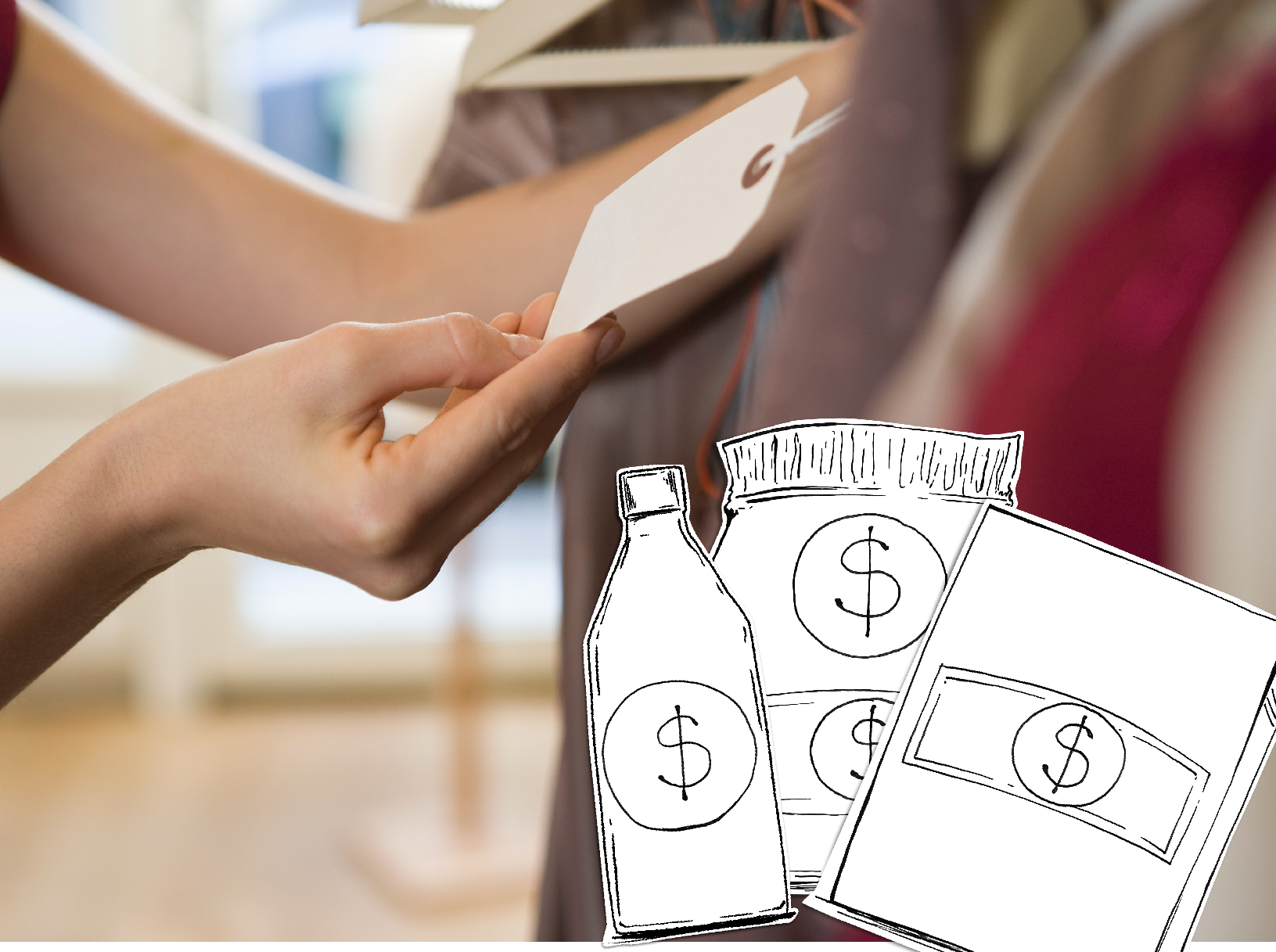How can the value of an imported product be established? This is an important question for distributors and sellers when it comes to selling their products to the public. Here, merchants must study the market and decide for themselves what price to put on merchandise. But there is another situation where this question is relevant, where businessmen do not have much margin for determining the answer: when customs assesses a product to determine the pertinent tariff, based on its price.
Countries usually establish ad valorem tariffs and duties on imported products, that is to say, based on their value. This implies, for example, that upon importing apples for a one hundred dollar value, a distributor usually pays more taxes than if he imports them for a fifty dollar value. However, how do customs determine the actual value of the products for purposes of applying these tariffs? How do they establish the real value of the merchandise?
Historically, countries decided freely on the method for determining the value of the product at customs. Some, for example, used the normal market price and applied it to all merchandise. Hence, it did not matter if the imported apples were of good or bad quality or if they were harvested more or less efficiently: they were all considered the same. Other countries used the national production cost of the product. The WTO website explains that in all cases, “price changes and competitive advantages of firms were not reflected until the notional price was adjusted by the customs office after certain periods of time.” Additionally, “new and rare products were often not captured in the lists, which made determination of the ‘normal price’ difficult.” Amrita Narlikar, professor at the University of Cambridge (England) adds another problem to this model: “chances were high that countries applying arbitrary standards on imported product values at customs would undo the benefits of tariff reduction with a para-tariff barrier.”
To avoid these problems, when the World Trade Organization (WTO) was created the countries decided to enter into an Agreement on Customs Valuation that according to the WTO website “aims for a fair, uniform and neutral system for the valuation of goods for customs purposes — a system that conforms to commercial realities, and which outlaws the use of arbitrary or fictitious customs values.”
Agreement details
The Agreement lays out 6 methods to establish the value of the product, which must be used alternatively: if the first is not satisfactory then the second must be used; if the second is not satisfactory, then the third: and so on. The methods are portrayed below:
- Transaction value: in principle, the value that should be taken into account is the price actually paid or to be paid by the buyer for the product. “The price actually paid or payable”, explains the WTO website, “is the total payment made or to be made by the buyer to or for the benefit of the seller for the imported goods, and includes all payments made as a condition of sale of the imported goods by the buyer to the seller, or by the buyer to a third party to satisfy an obligation of the seller.”
- Transaction value of identical goods: in cases where Customs Administrations have reasons to doubt the truth or accuracy of the declared value, they can resort to the value of identical goods (identical in all respects, produced in the same country and by the same producer) to determine the price of the product in question.
- Transaction value of similar goods: if the previous method is not possible, instead of resorting to identical products it is possible to use the value of similar goods, closely resembling the goods and capable of performing the same functions.
- Deductive method: if it is not possible to determine the value based on the amount of the transaction or on the value of identical or similar goods, the treaty stipulates that “it will be determined on the basis of the unit price at which the imported goods or identical or similar goods are sold to an unrelated buyer in the greatest aggregate quantity in the country of importation.”
- Computed method: the WTO website explains that this is “the most difficult and rarely used method”. It consists of adding the cost of production (material and manufacturing value), the producer’s benefits and general expenses in addition to other pertinent costs.
- Fall-back method: If the previous methods are not feasible, the value can be determined using “reasonable means”, based on information available in the country of importation.



Follow Us